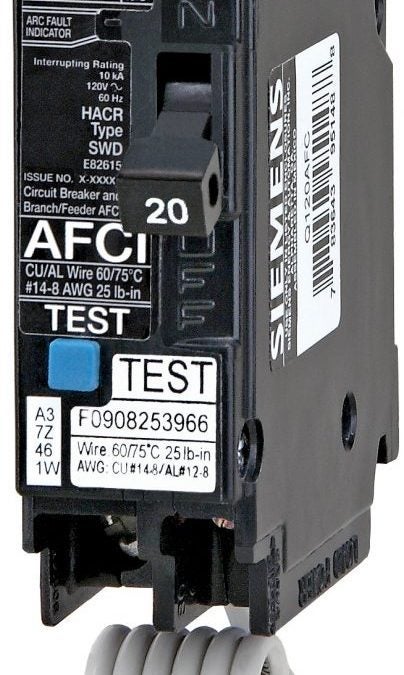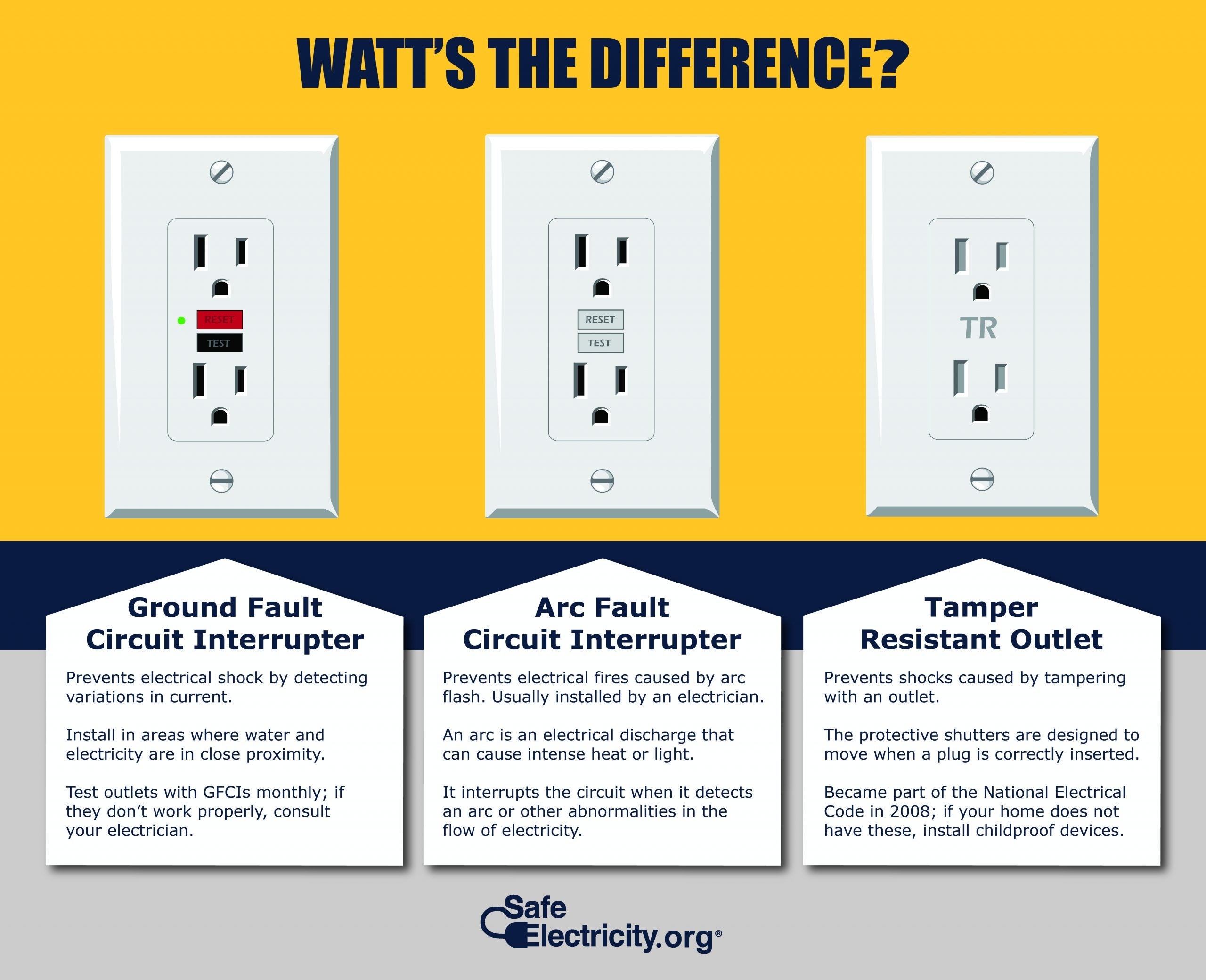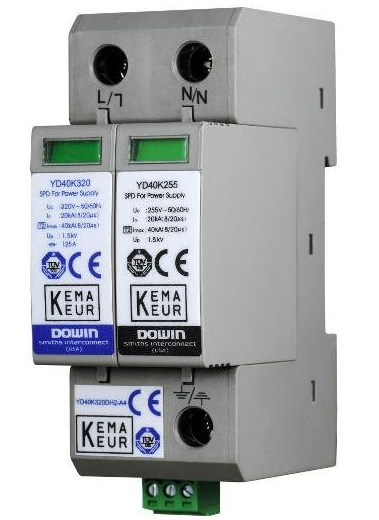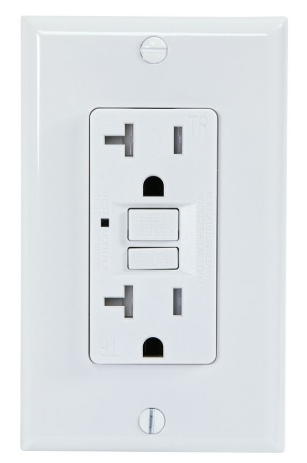Always Look Up, All Ways - Home Electrical Safety
Before starting any project, be alert of where the power lines are located and know where they are hanging. Whether you're working on the roof, trimming trees, or painting your siding, it's your job to be aware and to alert others about nearby power lines.
- Locate all overhead power lines
- Stay at least 10 feet away from all overhead power lines
- Do not touch anything in contact with power lines
- Carry ladders and equipment horizontally
- Stay at least 35 feet away from downed power lines and call 911 if you encounter one
Arc-Fault Circuit Interrupters (AFCIs)

Image




